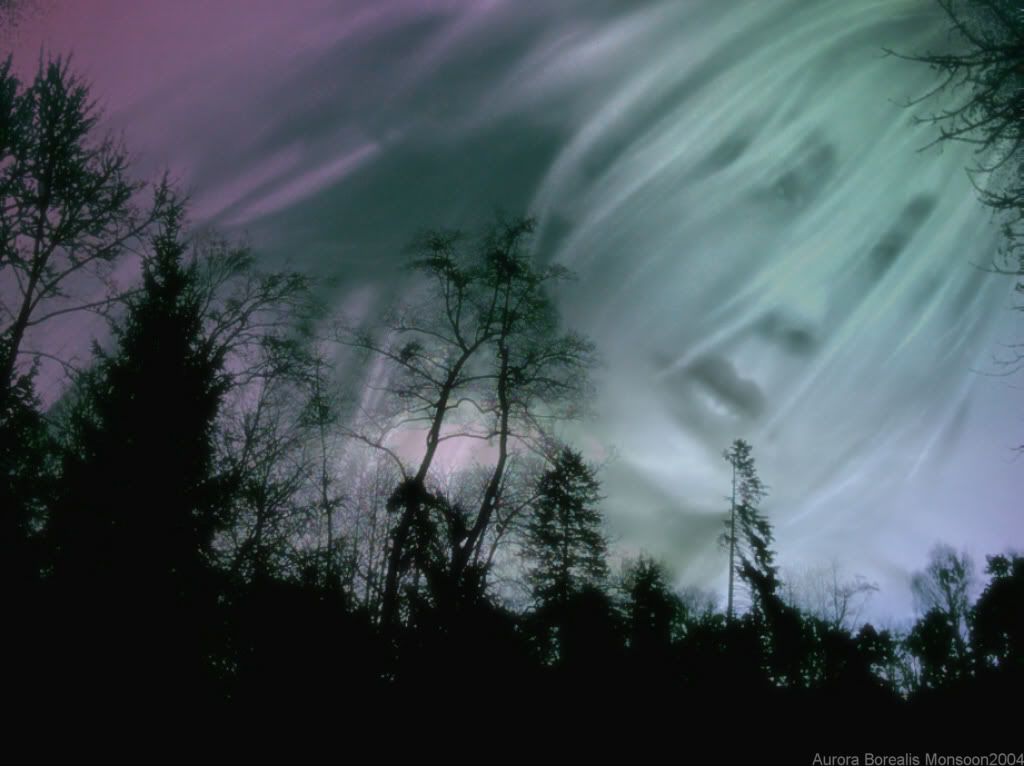Thule, Saturn, & an alternative explanation: Part 2
Thule (Wikipedia)
Inhabitants of Thule
The inhabitants or people of Thule are described in most detail by Strabo in his Geographica, having preserved fragments of the account of Pytheas who was an alleged eye-witness in the 4th century BC:
...the people (of Thule) live on millet and other herbs, and on fruits and roots; and where there are grain and honey, the people get their beverage, also, from them. As for the grain, he says, since they have no pure sunshine, they pound it out in large storehouses, after first gathering in the ears thither; for the threshing floors become useless because of this lack of sunshine and because of the rains.
Solinus in his Polyhistor repeated these descriptions, noting that the people of Thule had a fertile land where they grew a good production of crop and fruits.
Claudian believed that the inhabitants of Thule were Picts. This is supported by a physical description of the inhabitants of Thule by the Roman poet Silius Italicus, who wrote that the people of Thule were blue painted:
... the blue-painted native of Thule, when he fights, drives around the close-packed ranks in his scythe-bearing chariot.
The Picts are often said to have derived their name from Latin pingere "to paint"; pictus, "painted". Martial talks about "blue" and "painted Britons", just like Julius Caesar.
Eustathius of Thessalonica in his 12th century commentary on the Iliad, wrote that the inhabitants of Thule were at war with a dwarf-like stature tribe only 20 fingers in height. The American classical scholar Charles Anthon believed this legend may have been rooted in history (although exaggerated), if the dwarf or pygmy tribe were interpreted as being a smaller aboriginal tribe of Britain the people on Thule had encountered.
Middle Ages to nineteenth century
During the Middle Ages the name was used first of all to denote Iceland, such as by Dicuil, by the Anglo-Saxon monk Venerable Bede in De ratione temporum, by the Landnámabók, by the anonymous Historia Norwegie and by the German cleric Adam of Bremen in his Deeds of Bishops of the Hamburg Church, where they cite ancient writers' use of Thule but also new knowledge since the end of antiquity. All these authors also understood that other islands were situated to the north of Britain.
Petrarch in the 14th century wrote in his Epistolae familiares (or Familiar Letters) that Thule lay in the unknown regions of the far north-west.
A madrigal by Thomas Weelkes entitled Thule from 1600, describes it thus:
Thule, the period of cosmography,
Doth vaunt of Hecla, whose sulphureous fire
Doth melt the frozen clime and thaw the sky;
Trinacrian Etna's flames ascend not higher...
Note: Hekla is an Icelandic volcano. Thule is referred to in Goethe's poem "Der König in Thule" (1774), famously set to music by Franz Schubert (D 367, 1816), and in the collection Ultima Thule (1880) by Henry Wadsworth Longfellow.
Edgar Allan Poe's poem "Dream-Land" (1844) begins with the following stanza:
By a route obscure and lonely,
Haunted by ill angels only,
Where an Eidolon, named Night,
On a black throne reigns upright,
I have reached these lands but newly
From an ultimate dim Thule –
From a wild weird clime, that lieth, sublime,
Out of Space – out of Time.
 Modern use
Modern useA municipality in northern Greenland (Avannaa) was formerly named Thule after the mythical place. The Thule People, the predecessor of modern Inuit Greenlanders, were named after the Thule region. In 1953, Thule became Thule Air Base, operated by United States Air Force. The population was forced to resettle to Qaanaaq, 67 miles to the north (76°31′50.21″N 68°42′36.13″W only 840 NM from the North Pole).
Southern Thule is a collection of the three southernmost islands in the South Sandwich Islands in the South Atlantic Ocean, one of which is called Thule Island. The island group is a part of the British overseas territory of the United Kingdom and uninhabited.
The Scottish Gaelic for Iceland is "Innis Tile", which means literally the "Isle of Thule". Ultima Thule was the title of the 1929 novel by Henry Handel Richardson, set in colonial Australia.
Additionally, Thule lends its name to the 69th element in the periodic table, Thulium.
Ultima Thule is also the name of a location in the Mammoth Cave system. It was formerly the terminus of the known-explorable southeastern (upstream) end of the passage called "Main Cave," before discoveries made in 1908 by Ed Bishop and Max Kaemper showed an area accessible beyond it, now the location of the Violet City Entrance. The Violet City Lantern tour offered at the cave passes through Ultima Thule near the conclusion of the route.
Popular culture
Thule is used in Hal Foster's work, Prince Valiant, as the homeland of the eponymous character.
Nazi "Aryan" Thule
Nazi occultists believed in a historical Thule/Hyperborea as the ancient origin of the Aryan race. Much of this fascination was due to rumours surrounding the Oera Linda Book "found" by Cornelis Over de Linden during the 19th century. The Oera Linda Book was translated into German in 1933 and was favored by Heinrich Himmler. The book has since been thoroughly discredited. Professor of Frisian Language and Literature Goffe Jensma wrote that the three authors of the translation intended it "to be a temporary hoax to fool some nationalist Frisians and orthodox Christians and as an experiential exemplary exercise in reading the Holy Bible in a non-fundamentalist, symbolical way."
The Traditionalist School expositor Rene Guenon believed in the existence of ancient Thule on "initiatic grounds" "alone". According to its emblem, the Thule Society was founded on August 18, 1918. It had close links to the Deutsche Arbeiter Partei (DAP), later the Nationalsozialistische Deutsche Arbeiterpartei (NSDAP, the Nazi party). One of its three founding members was Lanz von Liebenfels (1874–1954). In his biography of Liebenfels (Der Mann, der Hitler die Ideen gab, Munich 1985), the Viennese psychologist and author Wilhelm Dahm wrote: "The Thule Gesellschaft name originated from mythical Thule, a Nordic equivalent of the vanished culture of Atlantis. A race of giant supermen lived in Thule, linked into the Cosmos through magical powers. They had psychic and technological energies far exceeding the technical achievements of the 20th century. This knowledge was to be put to use to save the Fatherland and create a new race of Nordic Aryan Atlanteans. A new Messiah would come forward to lead the people to this goal." In his history of the SA (Mit ruhig festem Schritt, 1998), Wilfred von Oven, Joseph Goebbels' press adjutant from 1943 to 1945, confirmed that Pytheas' Thule was the historical Thule for the Thule Gesellschaft.
.



No comments:
Post a Comment